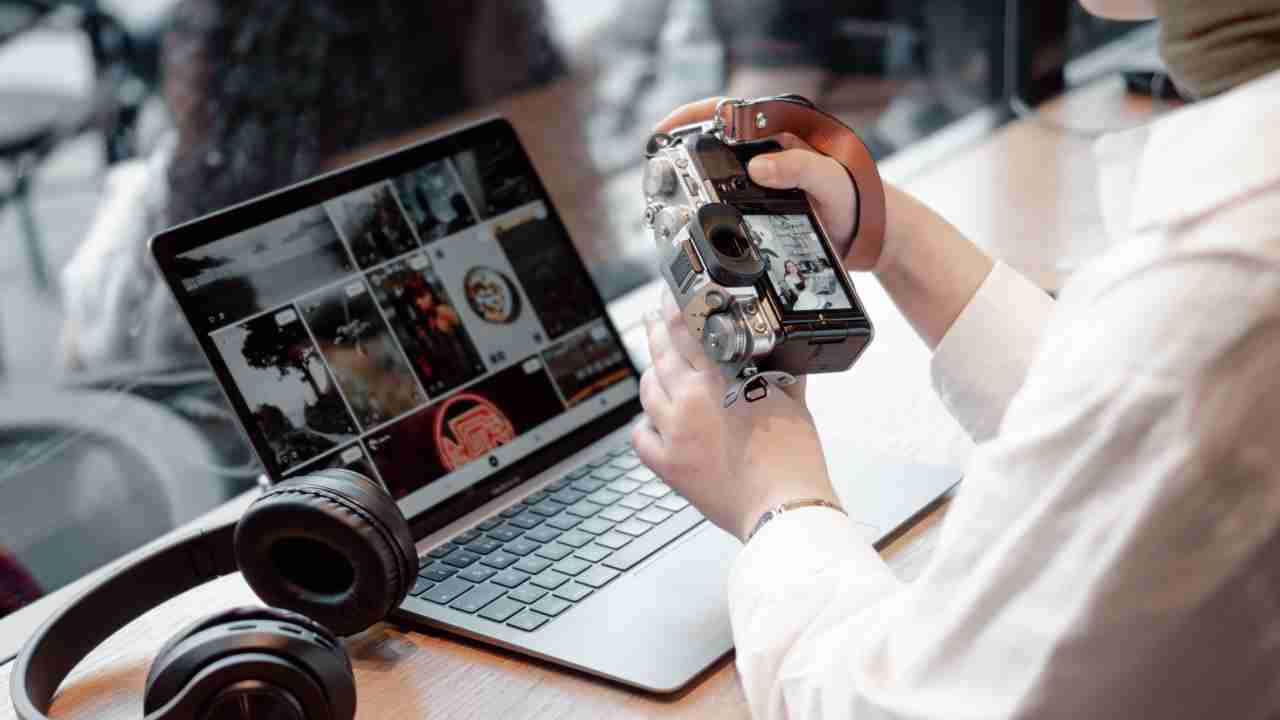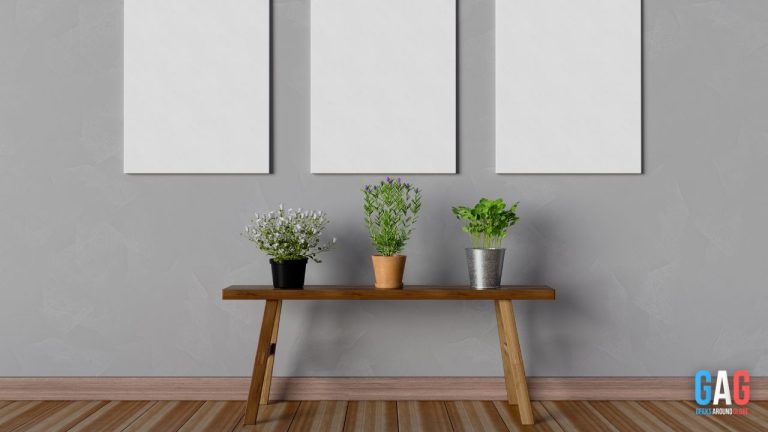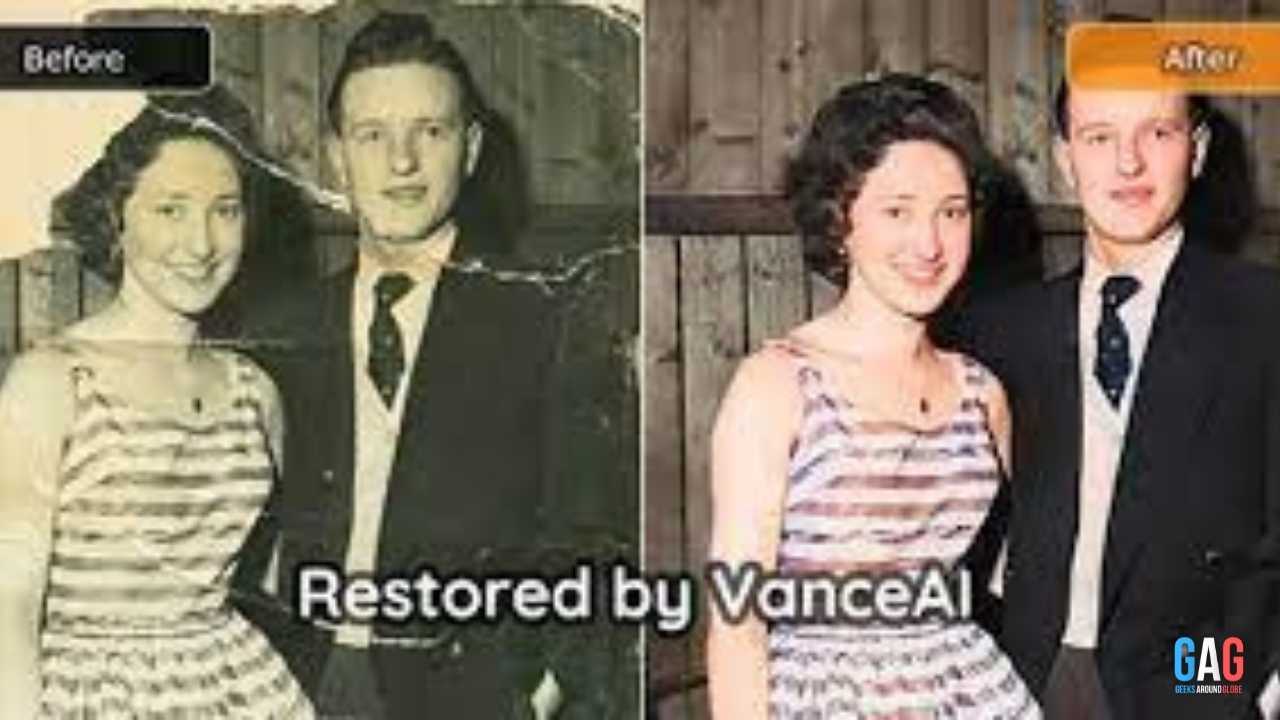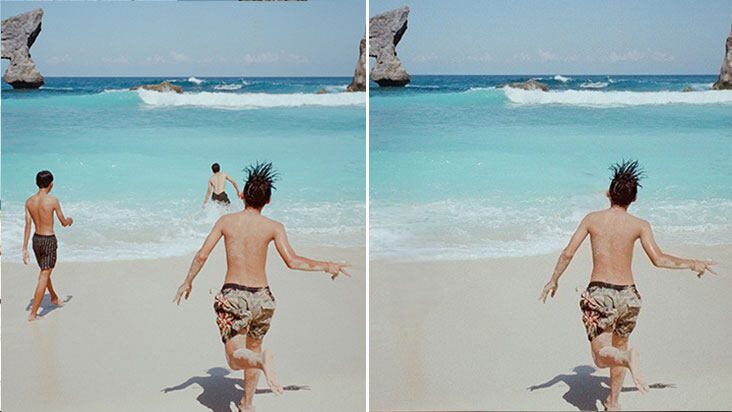- 1. Do your photos look fake if you edit them? Are you cheating if you edit your photos?
- 2. Even the great masters edited their photos
- 3. Photo editing mimics tools and processing
- 4. Professional photos accessible to everyone
- 5. Photo editing gives you maximum flexibility when it comes to being creative
You’re already a pro at taking photos. You know how to find the perfect angle and the right exposure; your images are fantastic on their own, right? So, when it comes to editing your photos, you might wonder: Why all the fuss? What’s the point? Let’s discover why editing your photos matters and explore some fantastic effects that will convince you forever.
Do your photos look fake if you edit them? Are you cheating if you edit your photos?
If you see an over-edited image like this, your eyes scream for help!
Photo editing sometimes gets a bad rap for its surreal transformations, like those on magazine covers; or perhaps you’ve seen catastrophic photos like the horse one above and think editing photos means going crazy with composition. But with a bit of control and good taste, you can make your photo better than it was when you pressed the shutter button, in a way you never even imagined.
Even the great masters edited their photos
Image manipulation has been used since the invention of the camera obscura. Ansel Adams, considered by many as one of the greatest photographers, was a genius in this regard. Much has been written about his ability to control light and shadow with techniques like overexposure and underexposure. In fact, it’s almost impossible to find a professional photographer who doesn’t edit their photos. Post-production is an essential part of professional photography.
Even if you’re a purist, your camera can only capture a relatively narrow dynamic range. So it makes sense to use all available tools to overcome limitations and restore what the camera took away.
Photo editing mimics tools and processing
Modern photo editing has replaced analog options like film, tools, and processing techniques. Back when dinosaurs roamed the Earth, vaseline was used on the lens to soften focus at the edges. Now you can achieve this effect with just a click and tailor it to your liking.
Exposure blending is a technique that was used in the past in the camera obscura. Now it can be created digitally. This photo, in fact, is a combination of two photos: one exposed to focus on the moon and the other exposed to focus on the leaves. In PicMonkey, you can do this by adding one photo on top of another using the Yours button in Graphics.
The Orton effect was created by a director of photography who wanted to achieve a soft finish, like that of a watercolor painting, by combining two or three slightly blurred exposures. It was a laborious technique that took a long time to achieve, but nowadays, it’s a well-known effect. Just click to apply it, then customize it as you like.
Professional photos accessible to everyone
Photo editing helps ordinary people achieve stunning photos without spending a lot of time acquiring the necessary knowledge. Instead of faithfully imitating what the camera captured, it’s more about creating a completely new expression that is more experimental and cheerful.
Join the double exposure trend: it looks great and adds depth and significance to your photo. If you saw the header of “True Detective,” you already know how powerful double exposure can be. And you can achieve it with PicMonkey.
Photo editing gives you maximum flexibility when it comes to being creative
And finally, with photo editing, you can try different finishes on an image, which means you don’t have to limit yourself to the photos you took at the moment. Long live photographic freedom!
Looking to explore even more creative possibilities? Consider incorporating PhotoLeap into your editing toolkit. With its advanced features and intuitive interface, PhotoLeap opens up a world of endless editing possibilities, allowing you to take your creativity to new heights. Whether you’re a seasoned pro or just starting out, PhotoLeap empowers you to transform your photos into stunning works of art with ease.







